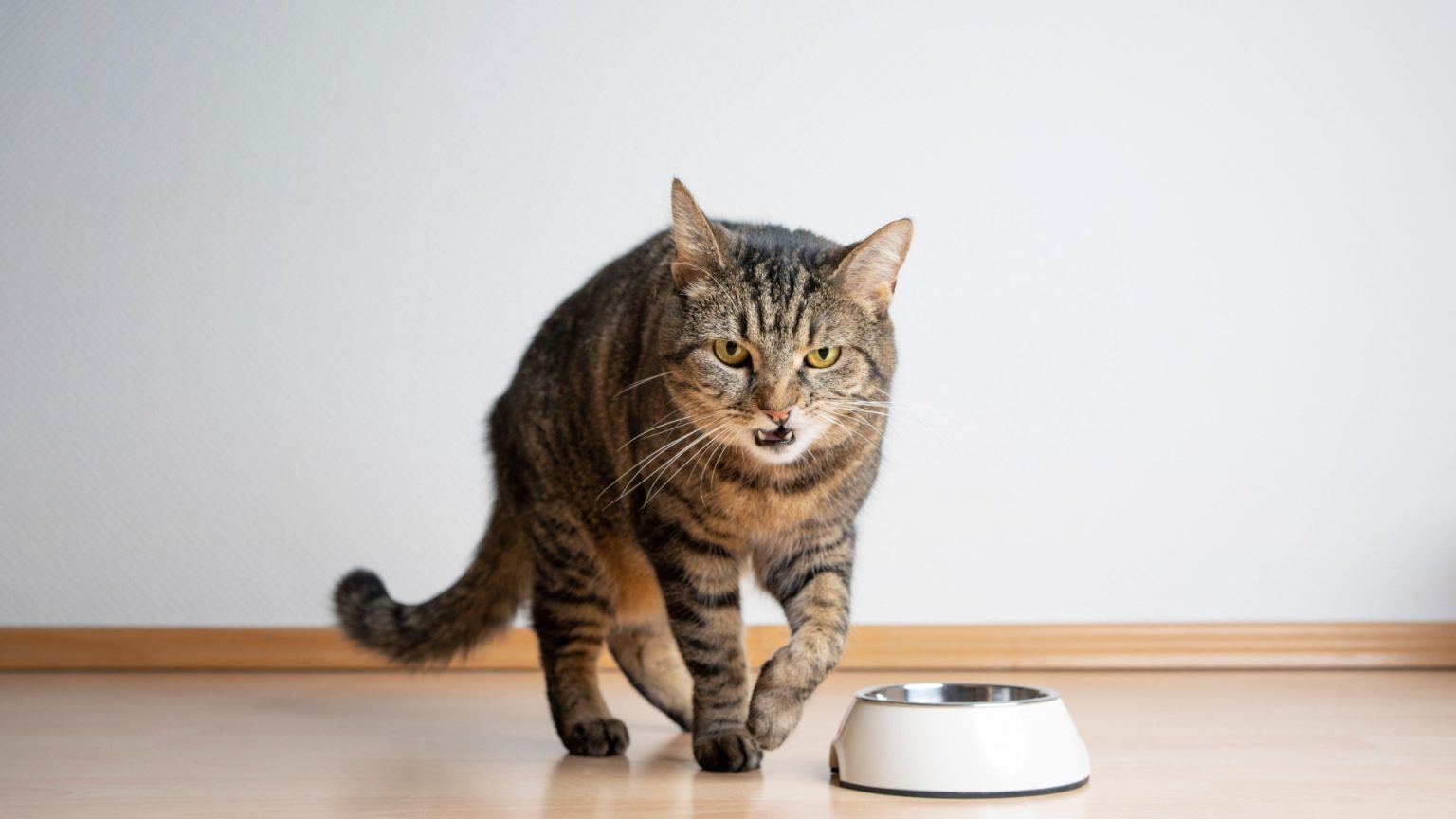The Shrinking World of Pet Food: Felix Pouches Spark Outrage
Pet owners across the UK are the latest casualties in the ongoing battle against shrinkflation, with Nestle Purina, the manufacturer of the popular Felix cat food brand, reducing the size of its pouches while maintaining the price. The move has sparked a wave of anger and frustration among consumers who feel they are being unfairly treated. The Felix Original pouches were downsized from 100g to 85g last year, a reduction of 15%, while the premium As Good As It Looks range initially remained at 100g. However, this month, the As Good As It Looks pouches also underwent a reduction to 85g, with the price remaining unchanged at approximately £5 for a box of 12 or £15 for a box of 40. While some retailers offer occasional discounts, such as Tesco’s current Clubcard price of £4 for a 12-pack, the overall price increase per gram remains substantial.
The reduction in pouch size has ignited a firestorm of complaints from cat owners on various online platforms. Many express frustration at having to purchase more pouches to maintain their cats’ feeding routines and the perceived underhandedness of the price increase disguised as a size reduction. For owners with multiple cats, the impact is even more significant. One owner with four cats lamented the inconvenience of having to open more pouches to ensure each cat receives their accustomed amount of food. Another concern raised is the potential for accidental underfeeding, as some owners may not immediately notice the size reduction and continue to feed their cats a single pouch, now containing less food than before.
Purina has responded to the criticism by stating that while the recommended retail price for a 12-pack remains £4.99, they have been offering various promotional discounts. They claim the average price in the second half of last year was around £4.75 due to these offers. Purina justifies the size reduction as part of a transition to more environmentally friendly packaging. The new mono-material pouches are recyclable at UK store drop-off points and curbside in Ireland. They also claim the 85g size better aligns with typical feline consumption patterns, preventing food waste and ensuring freshness. However, many consumers remain unconvinced, viewing this explanation as a thinly veiled attempt to mask a price increase.
Shrinkflation: A Growing Trend in Consumer Goods
The Felix cat food saga is just one example of the growing trend of shrinkflation, a tactic employed by manufacturers to subtly increase prices by reducing product size while maintaining or even slightly increasing the original price. This practice has become increasingly prevalent in recent years, impacting a wide range of consumer goods. Recent examples include Cadbury reducing the number of Twirl bars in multipacks from four to three while keeping the price the same, Febreze shrinking its air freshener bottles at no cost reduction, and Celebrations chocolate boxes downsizing from 600g to 550g.
Shrinkflation serves as a mechanism for companies to offset rising production costs without directly raising prices, a move often met with consumer resistance. By reducing the quantity of product provided, manufacturers effectively increase the price per unit while maintaining the appearance of a stable price point. This strategy can be less noticeable to consumers than a direct price increase, making it a preferred tactic for many companies. However, consumers are becoming increasingly aware of this practice and expressing their dissatisfaction.
Skimpflation: Another Cost-Cutting Tactic
A related tactic employed by manufacturers is known as skimpflation. This involves altering the recipe or ingredients of a product to reduce production costs without changing the price or, in some cases, even raising it. This can involve substituting cheaper ingredients, reducing the quality of existing ingredients, or simplifying the production process. While this may help maintain profit margins, it can result in a lower-quality product for the consumer.
Both shrinkflation and skimpflation are responses to the pressures of rising costs, offering manufacturers ways to maintain profitability without resorting to outright price increases. However, these practices ultimately shift the burden of increased costs onto the consumer, who receives less product or a lower-quality product for the same or even a higher price. As consumers become more astute and vocal about these tactics, companies may need to re-evaluate their strategies and find more transparent ways to manage rising costs.
The Impact on Consumers and the Future of Pricing Strategies
The prevalence of shrinkflation and skimpflation raises concerns about transparency and fairness in pricing practices. Consumers are increasingly demanding greater transparency from manufacturers and retailers, expecting honest communication about price changes and product alterations. The rise of social media and online review platforms has empowered consumers to share their experiences and hold companies accountable.
The long-term implications of these trends remain to be seen. As consumers become more aware and resistant to these tactics, manufacturers may need to explore alternative strategies for managing rising costs, such as increasing efficiency, innovating to reduce production costs, or engaging in more open communication with consumers about price adjustments. Ultimately, a balance must be struck between maintaining profitability and ensuring fair value for consumers. The future of pricing strategies will likely depend on a greater degree of transparency and a stronger focus on meeting the needs and expectations of informed consumers.




